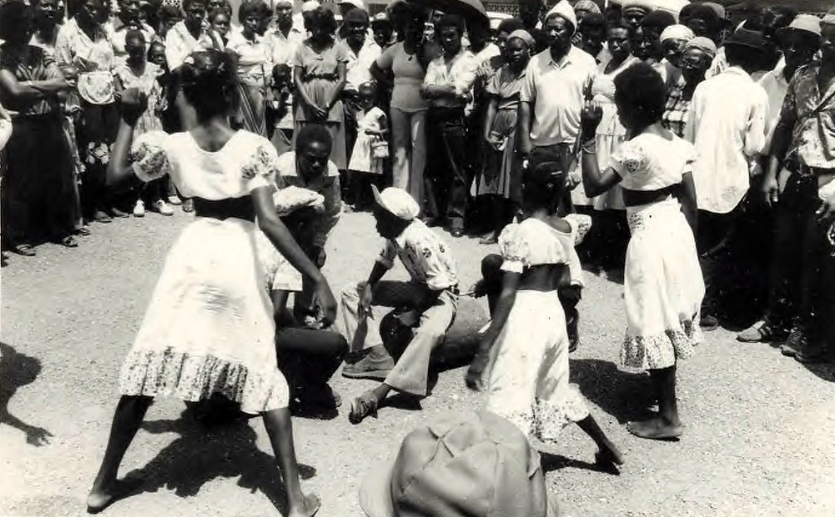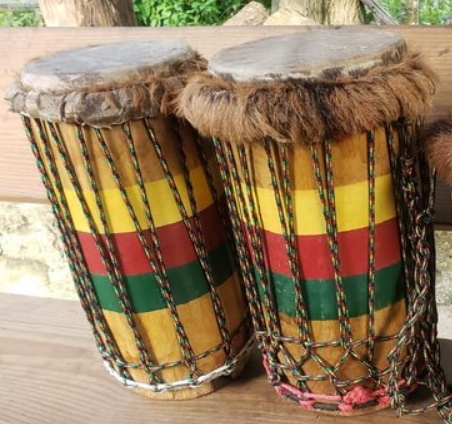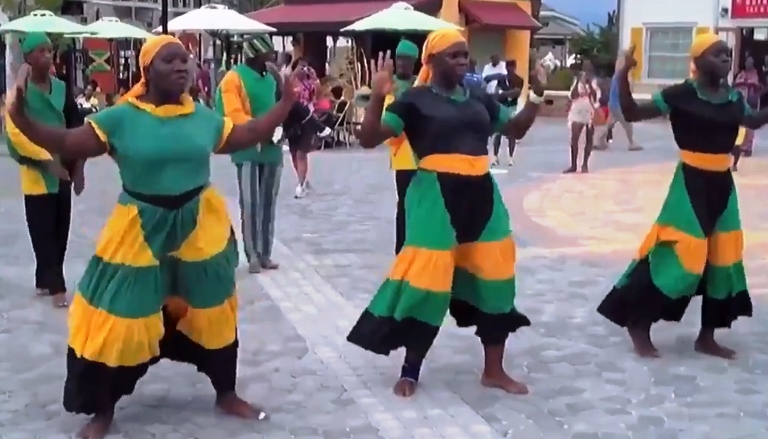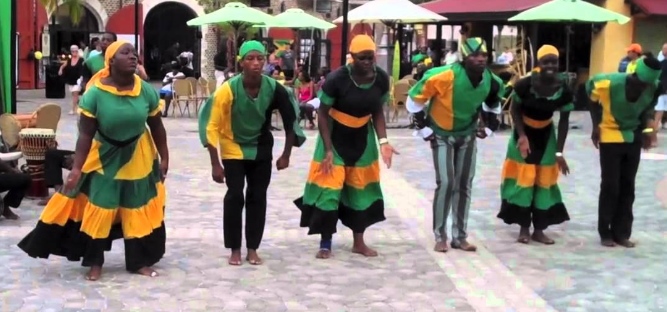The Kumina dance (sometimes known as Cumina) is part of the corresponding Afro-Jamaican religion. Kumina practices include dance and music alongside ceremonies closely attached to the people’s beliefs and traditions.
There are still many mysteries surrounding this dance, and I’m going to unveil the secrets with a quick article!
Table of Contents
Kumina Dance Origin & History
The specific time when Jamaica witnessed the birth of Kumina was unknown, though the furthest record we can trace back points to the later half of the 18th century when the enslaved from Congo arrived.
According to scholars, the Congo slaves used Kumina to express their religious beliefs and maintain a connection with their homeland. This motive is what saved Kumina from deteriorating and disappearing in the current time.
The primary principle of Kumina is directly linked to the process of healing. This type of ceremony tends to involve drumming for spiritual practices, singing, dancing, and animal sacrifices, which are intended to heal the ill.

In the “Rock it Comes Over” book by Dr. Olive Lewin, Kumina is described as the strongest retention of Africa in Jamaican folk traditions. Through Kumina, we learned more about the customs of ancient Africans.
At wakes, memorial services, burials, and bereavement occasions, you will find the traditional version of Kumina, though it is not limited to such solemn and formal moments.
The brighter side of Kumina symbolizes luck if one is facing a court case or trying to pursue a love interest. Therefore, it appears frequently in more joyful events such as weddings or festivals.
The spiritual side of Kumina came from a few performers who insisted that they found themselves stuck in a trance during the ritual. However, fanatics of Kumina considered it an attempt to lower the appreciation Jamaicans had for the dance.
The original Kumina practice includes three essential elements: drumming, dancing, and singing – in the same order of importance. However, the songs usually come in parallel with the instruments.
Check more: 10 Best Traditional African Dances To Watch
Kumina Dance Instruments
Drumming is considered the most important part of a Kumina session because the rhythm and the sound they make can synchronize and control spirits.
Furthermore, there are several types of instruments in Kumina:
- Kbandu: Also known as the battery, these drums are large and low-pitched, highlighting the first and third beats of a set.
- Playing Cast: The lead drums are responsible for intricate beats with a connection to the spirits, hence the drummers are usually skilled and respected.
- Scrapers: A grater used as an instrument.
- Catta Sticks: Used by another group of men to preserve the rhythm.
- Shakas: A tin can or gourd rattles.

The Kumina singers can perform in two styles: bailo and country.
The Bailo style is more compatible with festive shows and gatherings, while the country style is for more religious occasions.
The King and the Queen of Kumina sing both in the form of calls and responses, which means they will take turns and reply to the other’s line.
Kumina Dance Moves
A nice detail about Kumina’s performance is that gender is not a determining factor. Both men and women can assume the lead role, and they will be referred to as the King (or Captain) or the Queen (or Mother) depending on their sexuality.
The role of a King or Queen is to be the leading voice for their “subjects”, who are caught in the rhythm, the melody, and the dance of spirits.
The dancers will move in a circle around the team of drummers and the direction is counter-clockwise. Rather than steps or strides, they will inch bit by bit with their feet while keeping their backs straight.
Throughout the performance, they can spin, break, and dip according to the choreography while engaging their shoulders, arms, or hips as needed. The movements they perform will indicate the god that has possessed them among the trinity of sky, earth, and ancestors.
Kumina has adaptations based on the ritual it is serving. The performers might call for the spirits, down rum, or spit the drink out as part of their spiritual beliefs.
Kumina Dance Attires
The standard performance of Kumina requires a certain type of outfit. All dancers should wear turbans, regardless of their gender.
They can wear traditional clothes of various colors, yet they should have a theme. Red is a common choice because of how vibrant and solemn it is.
Kumina Dance Nowadays
You will only find Kumina active in Jamaica today, and even then, it is most likely to be practiced in the St. Thomas parish, closely associated with spiritual works.
Kumina sometimes appears on stage as well, often in its formal and traditional form for cultural exhibitions.
Several Christian groups also adopted the Kumina practice because it might give Jamaicans a bond with their roots, regardless of the religion they follow.
Check more: How To Do The Mashed Potato Dance?
Final Words
From the 1850s (perhaps even before), the Kumina dance ritual has always been an important part of Jamaican culture. It is an icon of how the enslaved managed to stay true and loyal to their roots, worship their ancestors, and pray for a brighter future.
It gave birth to an entire style of drumming with influences on contemporary music genres from Jamaica, so we can rest assured it won’t be gone anytime soon.

